Top 5 Factors In Railway Sleeper Changer Quotation
When it comes to acquiring a railway sleeper changer, understanding the factors that influence its quotation is crucial for making informed decisions. In this comprehensive guide, we'll explore the top five factors that play a significant role in determining its cost.

What Determines the Cost of a Railway Sleeper Changer?
The cost of a railway sleeper changer can vary significantly based on several key factors. Understanding these elements is essential for both buyers and manufacturers in the railway maintenance industry. Let's delve into the primary determinants that influence the pricing of these sophisticated machines:
1. Technological Advancements and Features
One of the most significant factors affecting the cost of a railway sleeper changer is the level of technological sophistication and the features it offers. Modern sleeper changers are equipped with advanced technologies that enhance their efficiency, precision, and safety. These may include:
- Automated control systems
- GPS tracking and positioning
- Real-time monitoring and diagnostics
- Enhanced safety features
- Improved ergonomics for operator comfort
Machines with cutting-edge technologies and a wider array of features typically command higher prices. However, these advanced capabilities often translate to increased productivity and reduced long-term maintenance costs, making them a worthwhile investment for many railway operators.
2. Capacity and Performance Specifications
The capacity and performance specifications of a railway sleeper changer significantly impact its price. Key performance indicators include:
- Sleeper replacement rate (sleepers per hour)
- Maximum operating speed
- Lifting capacity
- Working radius
- Fuel efficiency
Higher-capacity machines capable of replacing more sleepers in less time or operating in challenging conditions will generally be more expensive. However, they can offer greater value for large-scale projects or high-traffic railway lines where minimizing downtime is crucial.
3. Brand Reputation and After-Sales Support
The reputation of the manufacturer and the quality of after-sales support are intangible factors that can significantly influence the cost of a railway sleeper changer. Established brands with a history of producing reliable, high-quality equipment often charge premium prices. These higher costs are often justified by:
- Proven reliability and durability
- Comprehensive warranty coverage
- Extensive spare parts availability
- Responsive customer support
- Ongoing technical assistance and training
While opting for a less expensive machine from a lesser-known manufacturer might seem attractive initially, the long-term costs associated with potential breakdowns, difficult-to-source spare parts, and limited support can outweigh the initial savings.
How Do Material and Manufacturing Standards Impact Pricing?
The materials used in the construction of a railway sleeper changer and the manufacturing standards adhered to during production play a crucial role in determining its price. These factors not only affect the initial cost but also influence the machine's long-term performance and durability.
4. Quality of Materials and Components
The quality of materials and components used in the construction of a railway sleeper changer significantly impacts its price. High-grade materials and premium components contribute to:
- Enhanced durability and longevity
- Improved resistance to wear and tear
- Better performance in challenging environments
- Reduced maintenance requirements
Railway sleeper changers built with superior materials, such as high-strength steel alloys, advanced composite materials, and premium hydraulic systems, will generally cost more. However, these materials often result in machines that can withstand the rigors of railway maintenance work for longer periods, potentially offering better value over the equipment's lifecycle.
5. Manufacturing Standards and Quality Control
The manufacturing standards and quality control processes employed in the production of railway sleeper changers have a direct impact on their pricing. Manufacturers that adhere to stringent quality standards and implement rigorous quality control measures typically produce higher-quality machines, which are reflected in their prices. Key aspects include:
- Compliance with international manufacturing standards (e.g., ISO certifications)
- Implementation of advanced manufacturing techniques
- Rigorous testing and quality assurance processes
- Adherence to safety and environmental regulations
While machines produced under strict quality control measures may have higher upfront costs, they often offer greater reliability, consistency in performance, and compliance with industry regulations. This can lead to lower operational risks and reduced long-term costs for railway operators.
How Does Customization Affect the Final Quotation?
Customization is a critical factor that can significantly influence the final quotation of a railway sleeper changer. As railway networks vary in their specific requirements, the ability to tailor a sleeper changer to meet unique operational needs is often essential. Here's how customization impacts pricing:
Tailored Specifications
Railway operators may require specific modifications or additional features to suit their particular track conditions, operational procedures, or regulatory requirements. These customizations can include:
- Adjustments to track gauge compatibility
- Modifications for different sleeper types (e.g., wooden, concrete, or composite)
- Integration of specialized tools or attachments
- Customized control systems or user interfaces
- Adaptations for extreme weather conditions or unique geographical challenges
Each customization adds complexity to the manufacturing process and often requires additional engineering, testing, and specialized components. As a result, highly customized railway sleeper changers typically come with higher price tags compared to standard models.
Scalability and Future-Proofing
Some customers may opt for customizations that allow for future upgrades or adaptability to changing needs. This might include:
- Modular designs that facilitate easy upgrades
- Compatibility with future technological advancements
- Flexibility to work with evolving track designs or materials
While these forward-thinking customizations can increase the initial cost, they may provide long-term value by extending the useful life of the equipment and reducing the need for premature replacement.
Regulatory Compliance
Different regions and countries may have varying regulations governing railway maintenance equipment. Customizing a railway sleeper changer to comply with specific local or national standards can impact the final quotation. This may involve:
- Modifications to meet emissions standards
- Integration of region-specific safety features
- Adaptations to local electrical systems or power requirements
While these regulatory-driven customizations add to the cost, they are often non-negotiable and essential for legal operation in certain jurisdictions.
Railway Sleeper Changer Quotation
Understanding the factors that influence the cost is crucial for making informed decisions in railway maintenance and infrastructure development. From technological advancements and performance specifications to material quality and customization options, each element plays a vital role in determining the final quotation.
While it may be tempting to focus solely on the initial price, it's essential to consider the long-term value, reliability, and efficiency that a well-chosen sleeper changer can provide. By carefully evaluating these factors and aligning them with specific operational needs, railway operators can make investments that optimize their maintenance processes and contribute to the overall safety and efficiency of their rail networks.
To learn more information about railway sleeper changer quotation, welcome to contact Our manager's email is arm@stnd-machinery.com and the team's emails are rich@stnd-machinery.com and tn@stnd-machinery.com.
References
- Railway Technology. (2021). "Advancements in Railway Maintenance Equipment."
- International Railway Journal. (2020). "Evaluating Performance Metrics of Modern Track Maintenance Machines."
- Rail Engineering. (2022). "The Importance of After-Sales Support in Railway Equipment."
- Materials Performance. (2021). "Advanced Materials in Railway Maintenance Equipment."
- Quality Progress. (2020). "Quality Control in Heavy Machinery Manufacturing."
YOU MAY LIKE
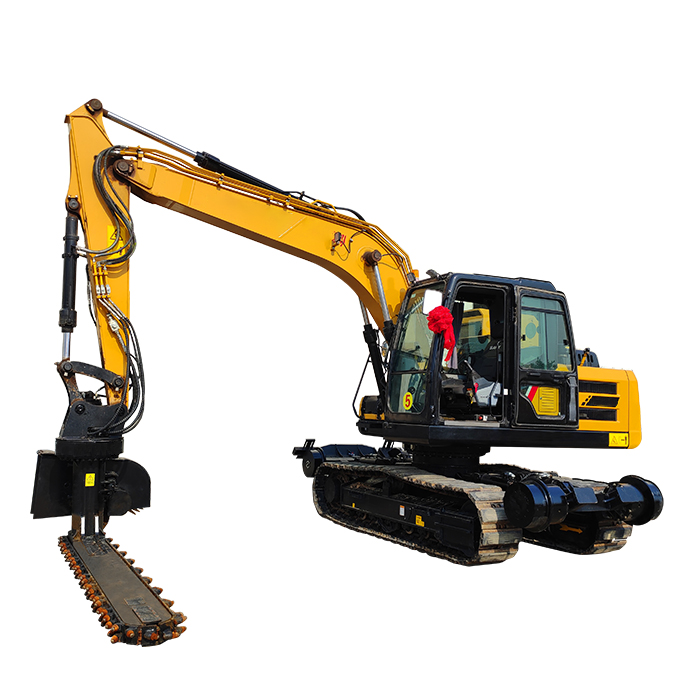 VIEW MOREBallast Blaster Undercutter
VIEW MOREBallast Blaster Undercutter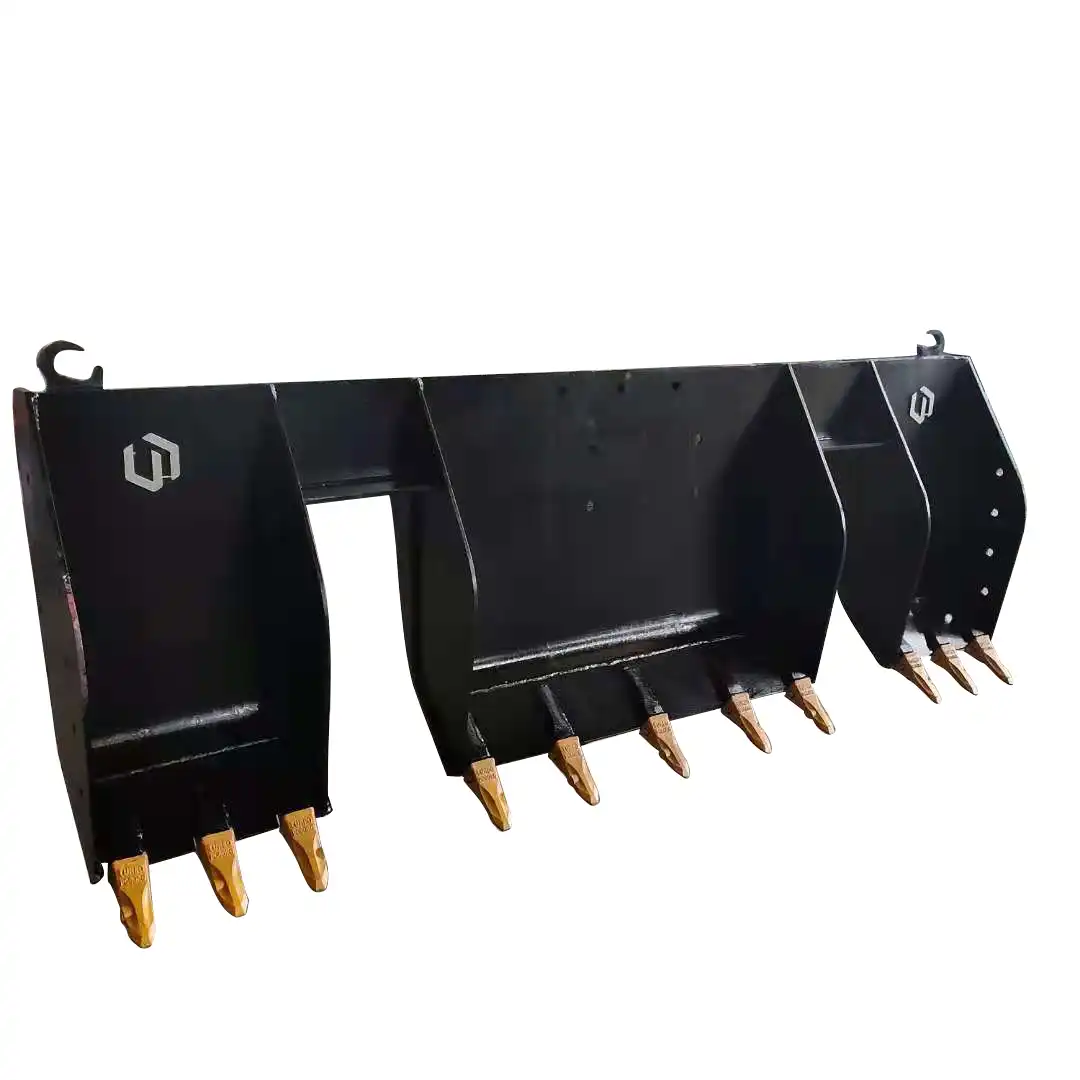 VIEW MORERailway dustpan excavator bucket
VIEW MORERailway dustpan excavator bucket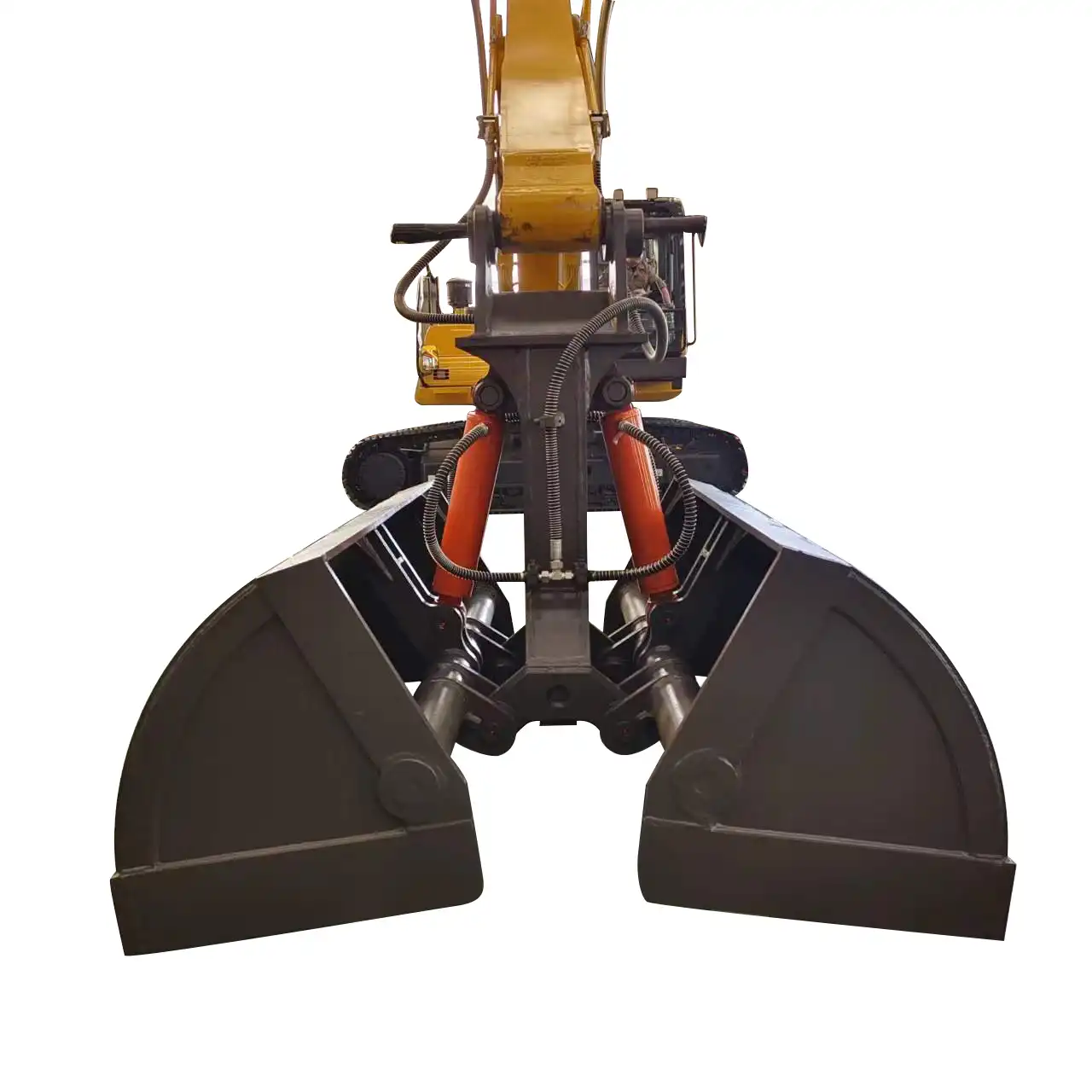 VIEW MOREClamshell Buckets for Excavators for sale
VIEW MOREClamshell Buckets for Excavators for sale VIEW MORERailway excavator dustpan bucket
VIEW MORERailway excavator dustpan bucket VIEW MORELoader Arm Extensions
VIEW MORELoader Arm Extensions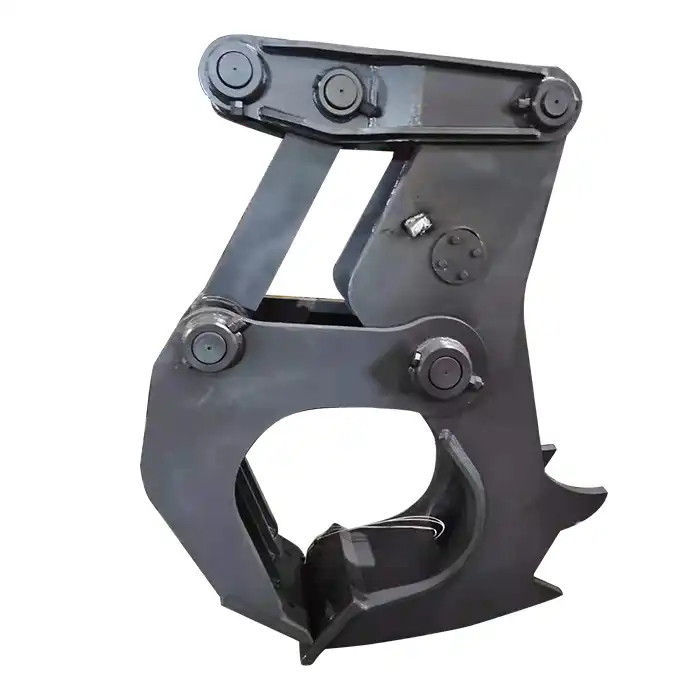 VIEW MOREExcavator Wood Splitter
VIEW MOREExcavator Wood Splitter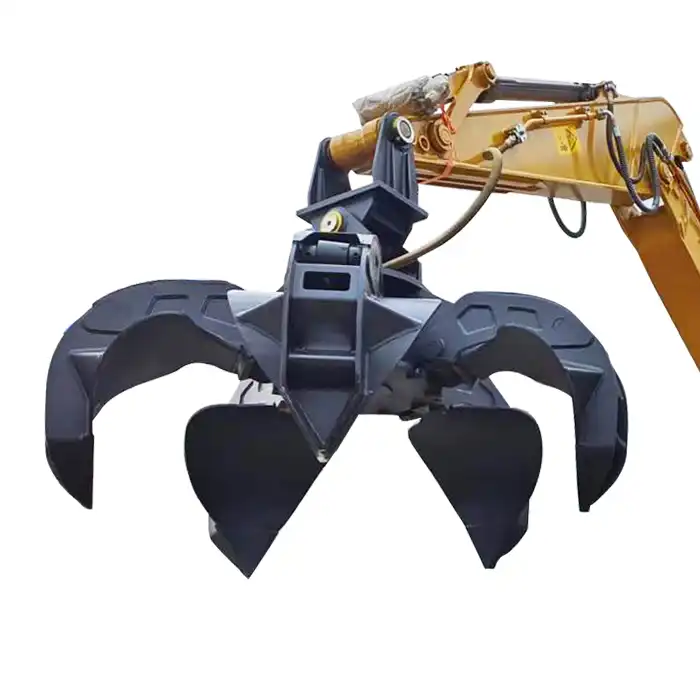 VIEW MOREExcavator Metal Scrap
VIEW MOREExcavator Metal Scrap VIEW MOREExcavator High Frequency Screening Bucket
VIEW MOREExcavator High Frequency Screening Bucket

